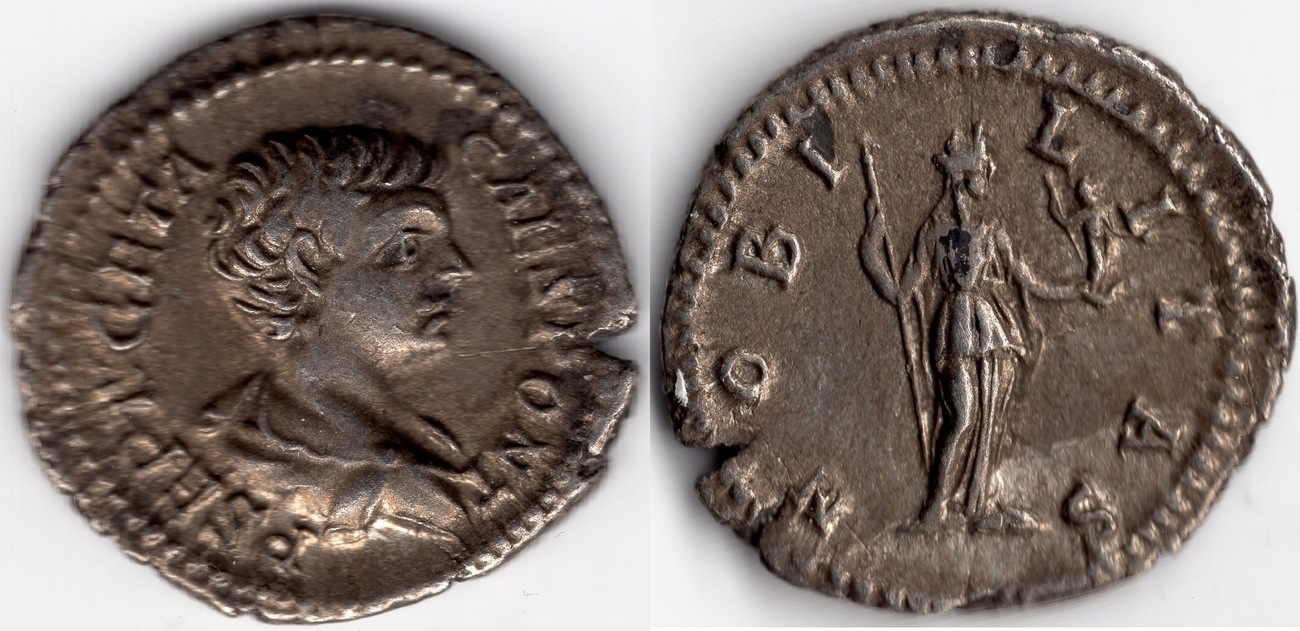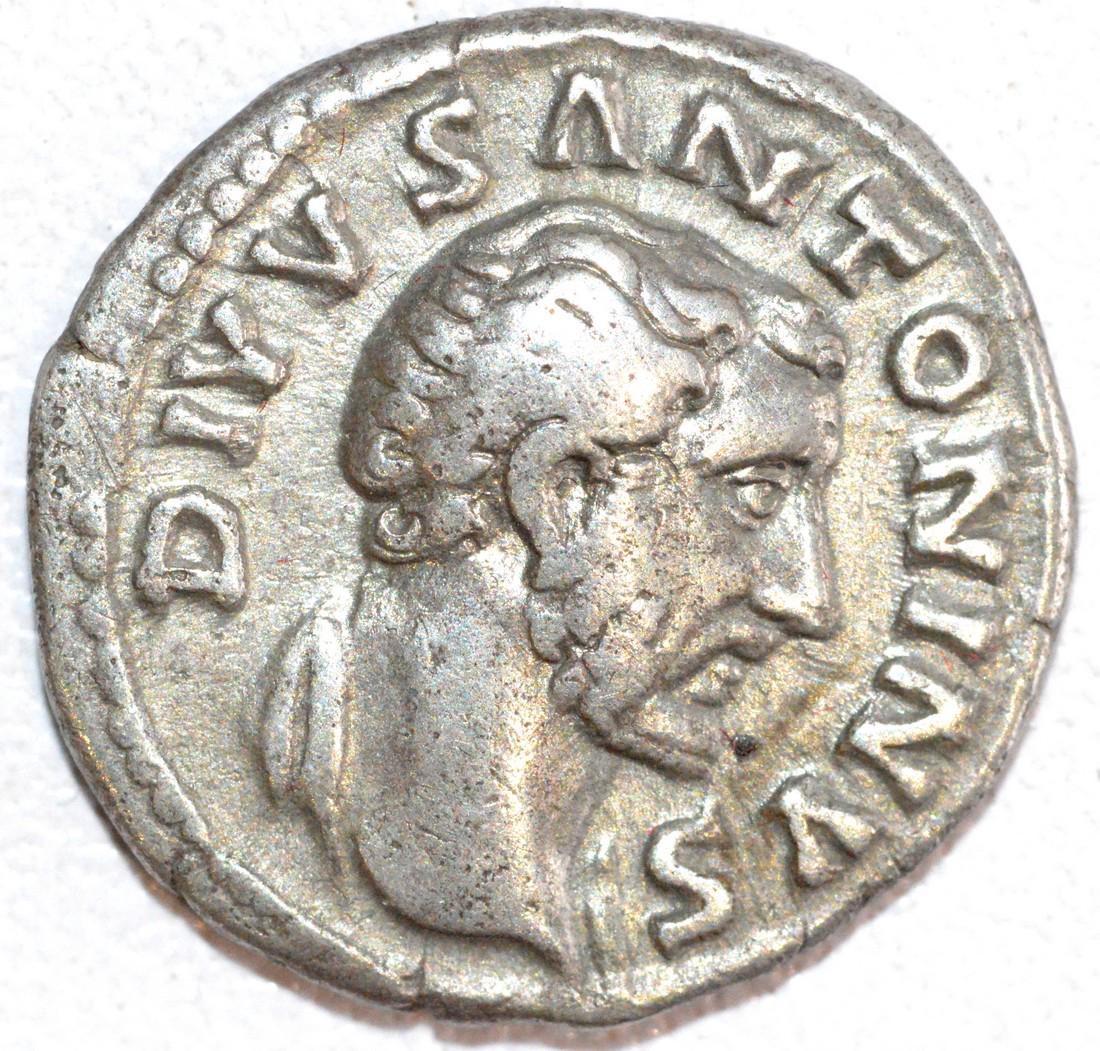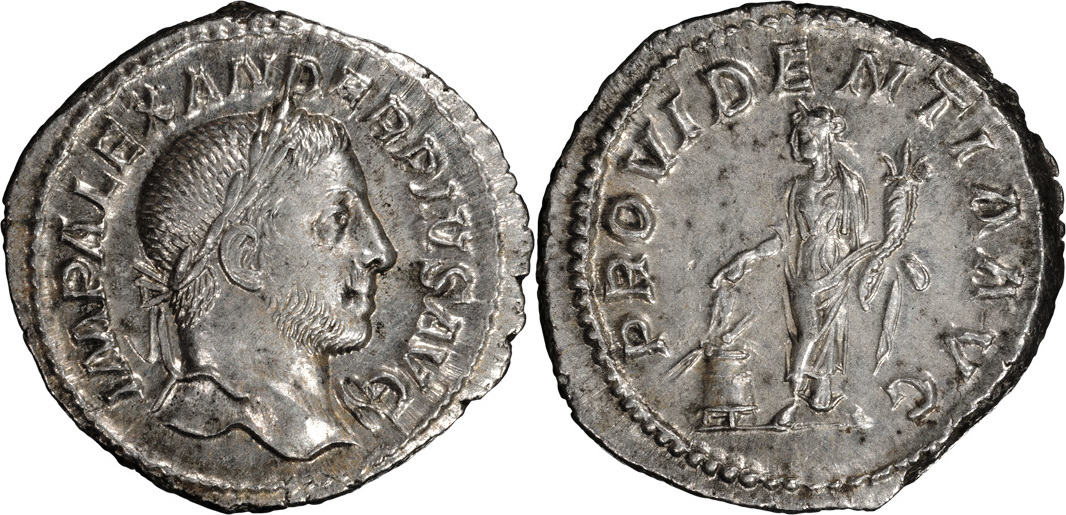
The aforementioned Roman coin was auctioned by the Swiss house Numismatica Genevensis, in December 2008. I share with you some of the Denarius auctioned at Aureo & Calico and their prices: Prices can range from a few hundred euros or dollars to several thousands. The reality is that the prices of Roman denarii are very variable and depend on several different factors: date of minting, availability of other specimens, collector demand, among others. Many Denarius pieces include some of their faces, busts of deities or emperors, which makes them very attractive to collectors. Other denominations are not as well known as Denarius. We must recognize that the preference of collectors for Denarius is also motivated by the great popularity and demand for these pieces. Many of the known Denarius were minted in Silver. Denarius: The Roman coin of reference.ĭenarius are very popular among Roman coin collectors, as for a long time it was the backbone of the Roman Empire’s monetary system. Now that you have some numismatic knowledge of ancient Rome, let’s review what are the most interesting Roman coins to collect and invest in. These are the most valuable and sought-after Roman coins. You may not know it, but there are many forgeries of ancient Roman coins, since they are easier to recreate than modern coins. If you have an ancient coin, and you think it could be an ancient Roman coin, the first step is to compare it with an online catalog or better, consult a specialist who can certify the authenticity of the piece. It is worth noting that some pieces do not have the initials, and are still considered authentic. What does CS stand for on Roman coins? These acronyms represent the words “Senatus Consulto”, and mean that this piece had the recognition and support of the Roman Senate. The different phrases, either on the obverse or reverse, will be of great help in recognizing the coin in question.Īlso, many Roman coins feature the inscription CS.

Others try to build a collection in which the various hierarchs of the Roman Empire are represented.Īnother important element on Roman coins is that their legends are written in Latin. Some collectors go so far as to focus on collecting as many coins of the same Roman emperor as possible. If you can recognize who is depicted, you will be able to locate the period in which the coin in question was put into circulation. Most ancient Roman coins have on one side the bust of the emperor who ruled at the time they were minted. However, some common elements in coins of this period and geography will help you to quickly recognize whether or not you are in the presence of a Roman coin. To identify authentic Roman coins it is always best to have the opinion of a numismatic specialist. It was the most common Roman coin during the period known as the Lower Roman Empire, and is currently a favorite among collectors. The Solidus reached a value of approximately 1000 to 2000 denarii, depending on the date taken as a reference. The monetary system of Roman coins based on the As, are:

These would be the first ancient Roman coins. The system was composed of the As, and 5 other fractional coins.

created a true monetary system, centered on the As Libral, also called aes grave. Luckily, King Servius Tullius in the middle of the 6th century B.C. Therefore, at the time of the exchange the pieces had to be weighed to know how much was actually being paid. It must be said that at the beginning the whole issue of coins was a bit chaotic, since their value was determined by weight.

These are generally known as aes rude, and are very rustic pieces with little detail, as they were cast and not minted. The earliest ancient Roman coins are known as As. First we must be clear that the history of Roman numismatics extends approximately from 280 BC to the fall of the Roman Empire in 476 AD. It is difficult to answer this question precisely.


 0 kommentar(er)
0 kommentar(er)
